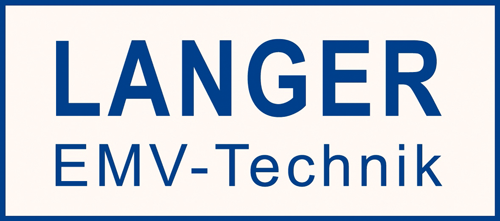Dates
Important Notes
Our English-language seminar in November 2025 is already fully booked. The next date will be in spring 2026. For more information, please contact us directly at sales@langer-emv.de
Key Points
In the EMC experimental seminar Emission - Basics, the relationship between near and far fields is analyzed using seminar models. Building on this basic knowledge of interference emission, strategies for designing low-emission assemblies and circuit dimensioning are developed.
Numerous practical examples are used to present basic steps for troubleshooting of assemblies.
The following topics are covered:
- Fundamentals and mechanisms of interference emission
- Layout ang module design
- Interfaces
Organisational matters
Participant requirements | Fundamentals of electrical engineering, fundamentals of digital technology |
Number of participants | 12 participants for 6 experiment stations |
Participant fields | development, EMC engineering, construction |
Duration | 2 Days |
Time | Start: Wednesday 13.30 PM to Friday 12 PM |
Organizer | Langer EMV-Technik GmbH |
Event location | Rosentitzer Str. 73, 01728 Bannewitz. Please pay attention to our map and travel information |
Fee | 1185,- € net |
Scope of service | hands-on training, seminar documents and meals (lunch, coffee, drinks) |
Registration
The registration by e-mail or PDF form is considered as a non-binding reservation of participation. Your order and our confirmation result in a binding contract. Please transfer the participation fee after receipt of the invoice.
What seminar participants said
What has been particularly good and important for you?
- Many practical experiments
- The link between theory and practice
- Many practical examples with tips and tricks to apply at my work station
- Trying out yourself and learning by doing
- Rich on practice examples
- The demonstration of real practical cases enables for comparisons to own developments
- Good guidance from simple problems to complex solutions/li>
- Explanations are conveyed easily understandable


